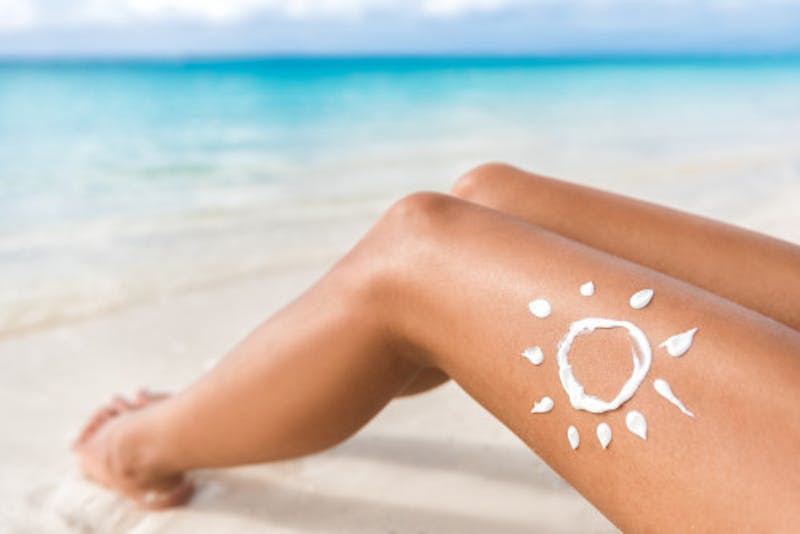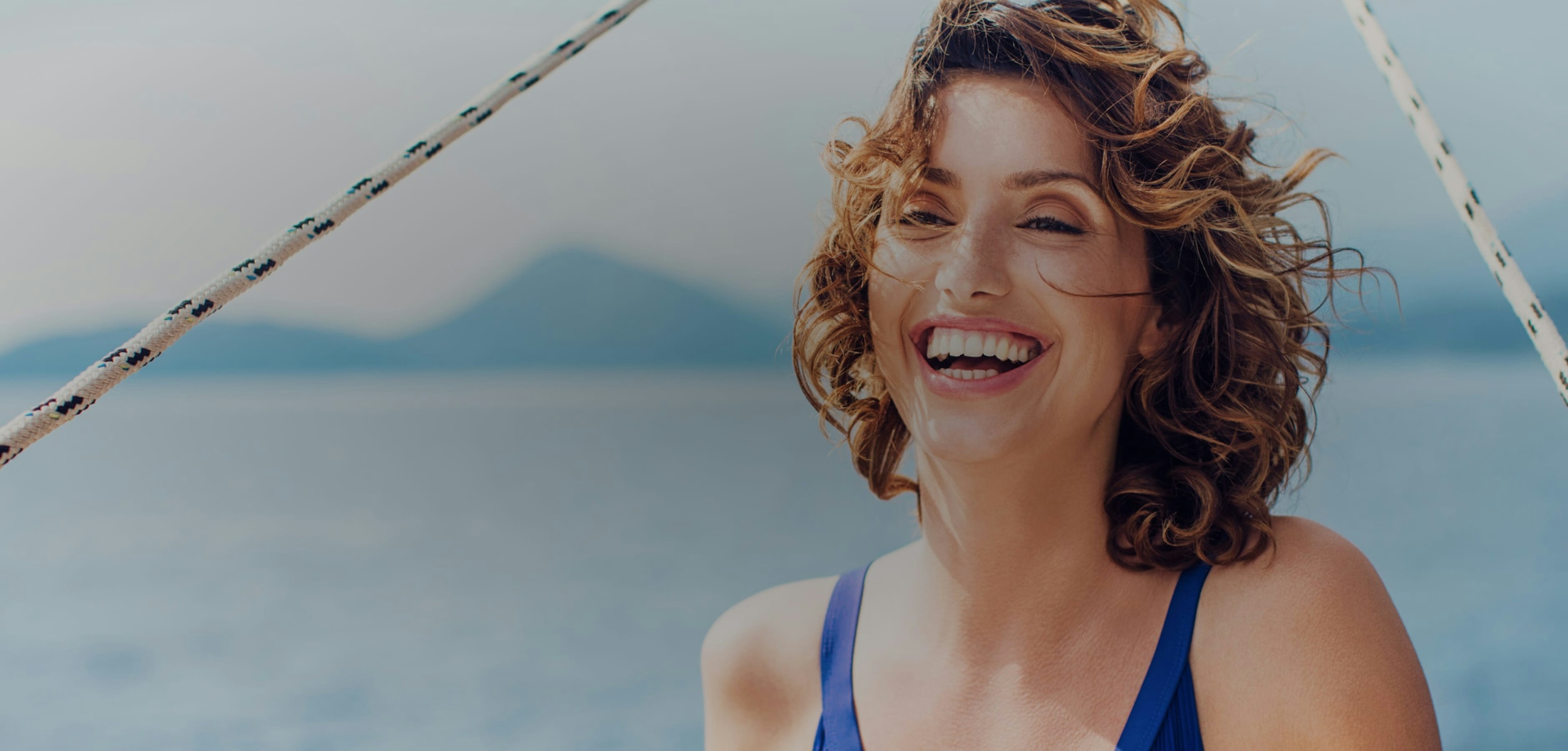
Summertime is officially here. As everyone begins retreating outdoors for some fun in the sun, arming oneself with a solar defense bears repeating. A regular application of sunscreen can empower people to promote their own skin care health and prevent premature sun damage.
Elizabeth Reed, a registered nurse who specializes in aesthetics, is a huge proponent in patient education. She works alongside with San Diego plastic surgeon Dr. D. Glynn Bolitho. It’s important for Reed to empower her patients with sunscreen knowledge. In turn, her patients naturally educate their own children when they learn that most experience their largest amount of sun exposure under the age of 18.
Skin safety education is a vital component to skin care health.
Reed pointed out that according to the American Academy of Dermatology, a regular application of sunscreen when outdoors can lower a person’s risk of developing skin cancer. Sobering statics reveal that 1 in 5 individuals will be diagnosed with skin cancer.
For discerning individuals who want to shield themselves from sun damage, they generally utilize a sunscreen for their body and another for their facial area. Healthcare professionals recommend that people seek a water resistant sunscreen which has a Sun Protection Factor (SPF) of 30 or more.
While some believe that using their sunscreen from last summer is a good idea, it’s highly recommended to purchase a new bottle. Ingredients are usually less potent after it’s been opened for a few months or longer.
There are numerous sunscreens to choose from. Yet, Reed admitted that she has her own preferred choice when it comes to facial solar protection.
“My favorite facial brand is Skin Medica Total Defense & Repair which comes in a tinted and un-tinted version. It’s a SPF 34,” Reed said. “Not only will it protect you from the sun, but it will help with fine lines and wrinkles, too.”
Reed noted there is a difference between chemical and physical sunscreens. While broad spectrum chemical sunscreens absorb UVA and UVB rays, physical sunscreens block them from penetration. Ingredients listed on physical sunscreens are generally zinc and titanium dioxide.
Some find it helpful to know that a physical sunscreen of SPF 30 can generally deflect up to 97 percent of ultra violet rays.
Other helpful safety tips Reed shared include the following:
- Apply sunscreen about 10 to 20 minutes before going outdoors.
- Apply about an ounce of sunscreen which equals the amount of a shot glass.
- Reapply sunscreen every two hours.
- Reapply sunscreen immediately after swimming, water sports, or sweating.
- Apply sunscreen even on overcast days.
- Wear a wide-brimmed hat and sunglasses when outdoors.
- Seek shade when possible especially when the sun is most intense (11:00 am and 2:00 pm)
- Apply and reapply every couple hours a SPF 30 lip balm.
From an aesthetic point of view, when one is diligent with their sunscreen application, it can be a powerful tool in lessening the appearance of wrinkles, fine lines, sun spots, and hyperpigmentation.
When sunscreen becomes a daily habit, in turn, it becomes second nature to help promote a youthful beauty and overall wellness.

